This article is taken from PN Review 249, Volume 46 Number 1, September - October 2019.
on Ken Smith
Among Strangers and Distances
Ken Smith, Collected Poems (Bloodaxe), 647pp, £14.99
IN 1978, KEN SMITH (1938–2003) was the first poet to be published by Bloodaxe; it is fitting, then, that the publication of his Collected Poems marked Bloodaxe’s fortieth anniversary. It is a cause for celebration, although, as we know, most poetry does not survive its authors. Secondhand bookshops offer an object lesson in hopes which have been not simply disappointed but obliterated. I don’t think either of these things has happened to the work of Ken Smith, but he seems not to have as wide a readership his work deserves. He may have to be introduced to younger readers. For some of them the world he occupied may seem more like an interesting allegation than an actual passage of history in which, among other things, the grim conditions of the present were created and foretold.
Roger Garfitt, in the revised introductory essay included here, portrays a writer born to travel light. The son of an itinerant farm worker, Smith grew up in Yorkshire, his family finally settling in Hull to run a grocer’s shop. After national service in the RAF, during which he took A-levels, he went to Leeds University to read English. Like Smith himself, the centrality of Leeds in British poetry in the 1950s and ’60s is currently under-recognised, though a roll-call which also includes Tony Harrison, Jon Silkin, Geoffrey Hill, Jeffrey Wainwright, James Simmons and Martin Bell should speak for itself. After working on Silkin’s magazine Stand, Smith set out on his ...
IN 1978, KEN SMITH (1938–2003) was the first poet to be published by Bloodaxe; it is fitting, then, that the publication of his Collected Poems marked Bloodaxe’s fortieth anniversary. It is a cause for celebration, although, as we know, most poetry does not survive its authors. Secondhand bookshops offer an object lesson in hopes which have been not simply disappointed but obliterated. I don’t think either of these things has happened to the work of Ken Smith, but he seems not to have as wide a readership his work deserves. He may have to be introduced to younger readers. For some of them the world he occupied may seem more like an interesting allegation than an actual passage of history in which, among other things, the grim conditions of the present were created and foretold.
Roger Garfitt, in the revised introductory essay included here, portrays a writer born to travel light. The son of an itinerant farm worker, Smith grew up in Yorkshire, his family finally settling in Hull to run a grocer’s shop. After national service in the RAF, during which he took A-levels, he went to Leeds University to read English. Like Smith himself, the centrality of Leeds in British poetry in the 1950s and ’60s is currently under-recognised, though a roll-call which also includes Tony Harrison, Jon Silkin, Geoffrey Hill, Jeffrey Wainwright, James Simmons and Martin Bell should speak for itself. After working on Silkin’s magazine Stand, Smith set out on his ...
The page you have requested is restricted to subscribers only. Please enter your username and password and click on 'Continue':
If you have forgotten your username and password, please enter the email address you used when you joined. Your login details will then be emailed to the address specified.
If you are not a subscriber and would like to enjoy the 292 issues containing over 11,700 poems, articles, reports, interviews and reviews,
why not subscribe to the website today?
